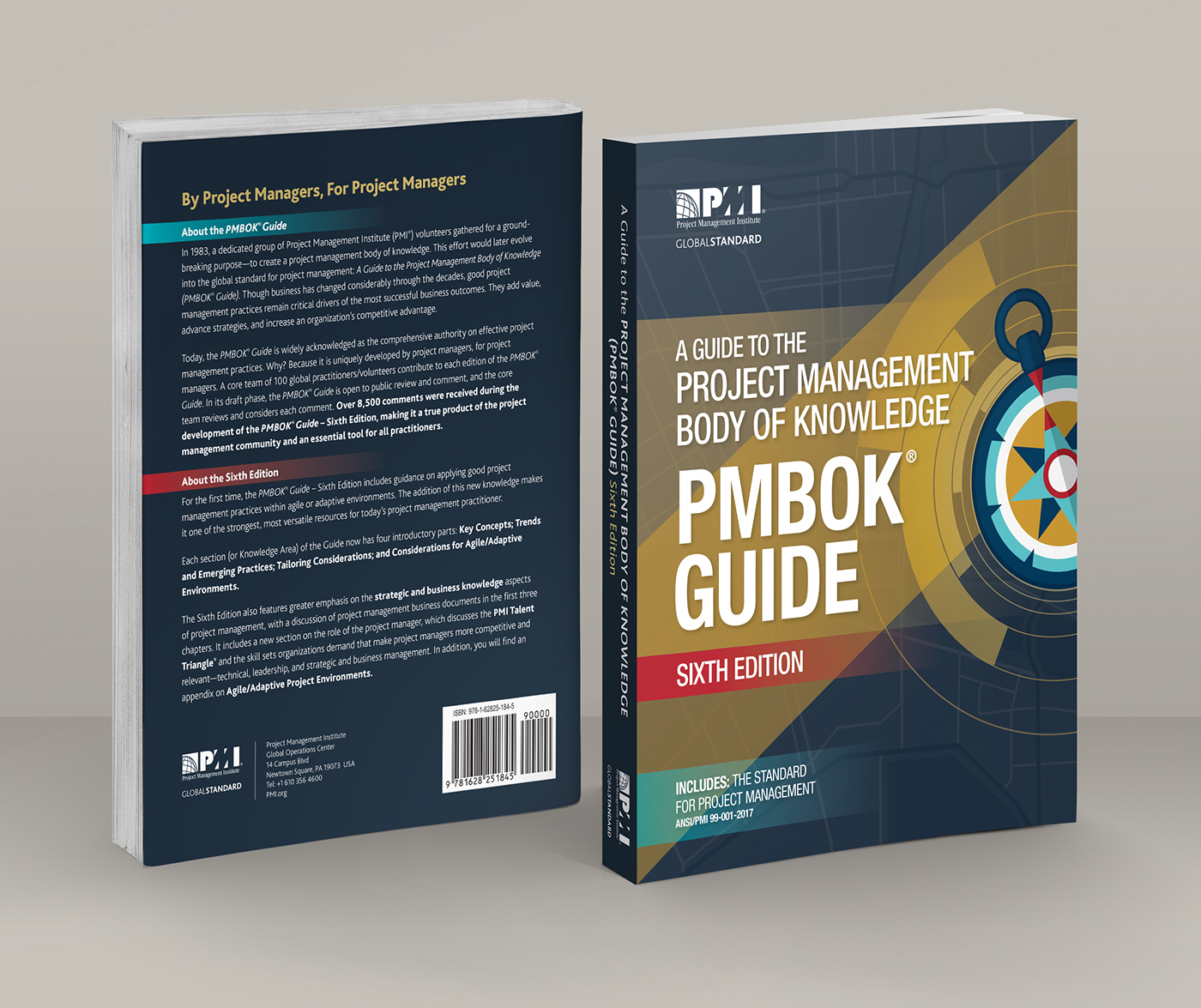Set up PMBOK project management knowledge system
In the process of completing the first stage of learning, system thinking must be established to understand the five process groups and ten knowledge areas of PMBOK. It’s a whole set of theories. Grasp the framework of the whole book from the commanding point of view, and then comb out the context of each module in the whole framework, and finally distinguish the priorities of the ten knowledge fields. According to the primary and secondary reasonable allocation of preparation time, understand and remember the required knowledge points.
Combine theory with practice
PMBOK is a set of classic project management tools, suitable for all walks of life. In the learning process, I connected with my actual work experience, found the non-compliance department in my past project experience, and reviewed my project management work with the knowledge of project management as guidance. In the future, when we meet similar projects and similar situations, we should learn how to use the knowledge of project management to make the project management work better. This is the value of PMBOK, not just a paper certificate. To deepen the understanding of the project management system in the mutual verification of theory and practice.
Understand, summarize and generalize
PMBOK is a hands-on book that does not require rote memorization. In understanding on the basis of memory, knowledge points for summary, induction. For example, you can put the seven tools in the required quality management graphics together to compare, analyze different applicable scenarios, keywords in the definition. You can put together the earned value management formula that you have to test, and understand the differences, and so on. The method is for reference only. It’s up to you to pass it or not.
Do I Have to Memorize All the ITTO to Prepare for the PMP?
In fact, the best words or need to remember, but the premise is to understand the memory. The purpose of mastering ITTO itself is to let us master the relevant logical relations in the form of diagrams. First of all is to understand the process and the logical relationship between the process, and then back out of writing is the best. Combined with my own work experience, I can quickly understand and remember. But it is not necessary to remember all, you can go to see the requirements of PMBOK, you can also go to consult some PMP certification exam expert.
As for the learning methods of ITTO, there are certain rules:
- All monitoring processes should be input into the project management plan.
- The closing process is also input into the project management plan.
- Only guide and manage the use of the project work process and project management plan during the whole implementation process. Others use sub-plans as input
- The work performance report only monitors the output of the project work.
- Management style: autocratic, democratic and laissez-faire.
- Leadership style: Command (Directing), Participating (Directing decision-making), Empowerment.
- all monitoring and the end of the project should be applied management plan, rather than the item management plan.
- Kicking off and starting up can sometimes be held at the same time.
- Create WBS, define scope, and define the relationship among activities.
- The closing process is important.
- The change must be formal.
- The monitoring process has an output change request.
- Estimated accuracy ranking: PERT>Three-point estimation >Analogical Estimation >experts.
- Estimate deviation ratio: rough estimate (-25% to 75%), budget estimate (-10% to 25%), accurate estimate (-5% to 10%).
- The project management plan is the input of the planning process group.
- The meaning of risk audit.
- PERT, Beta distribution, Triangulation distribution.
- Tuckman formation, concussion, standardization, maturity, dissolution.
- Quality audit is to implement quality assurance.
- Only the construction of the project team and the management of the project team these two processes lead to the cause of environmental factors to update.
